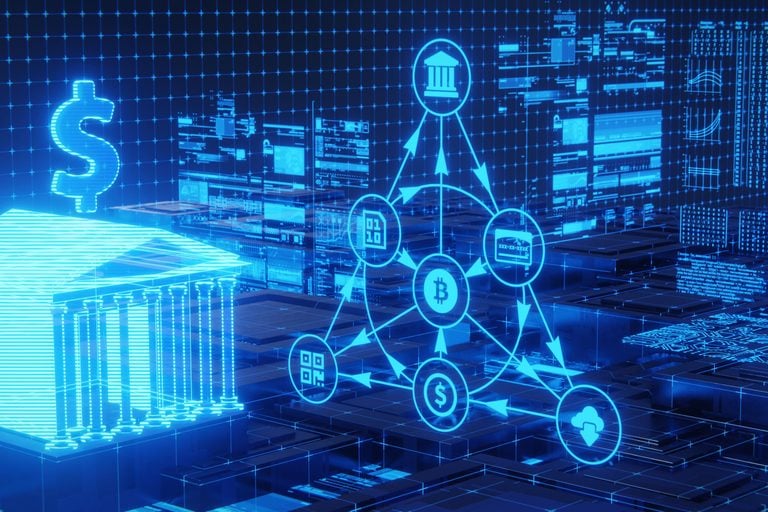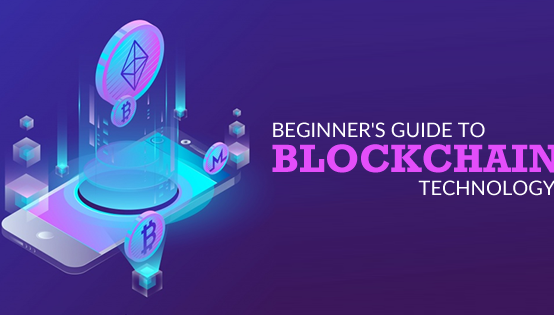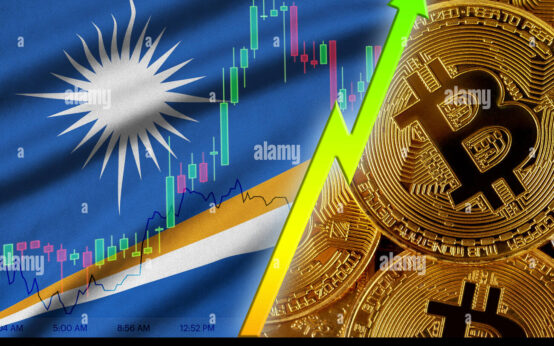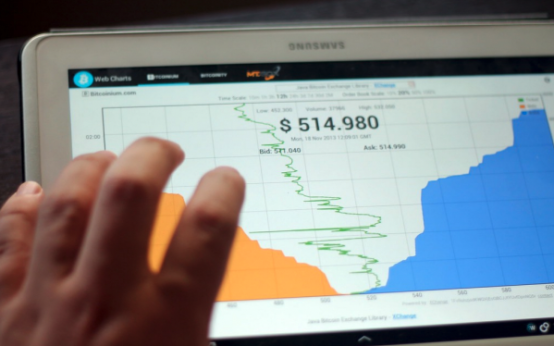The internet has played a major role in shaping our daily lives in an ever-evolving technology landscape. It’s amazing how the internet has transformed the way people connect, share information, and do business from the early days of the World Wide Web to social media now. But Web3 is on its way. Here’s the complete guide to Web3, explaining what it is, how it differs from its predecessors, and why it’s the future.
The Basics
Internet 3.0 is the newest version. Web 2.0 is the current state of the internet with tech giants, centralized platforms, and privacy concerns. It is designed to address those limitations and challenges. A decentralized, user-centric, and secure digital ecosystem is Web3‘s goal.
Blockchain technology and decentralized protocols are at the heart of Web3’s internet paradigm. The Internet of Things offers three key pillars – unlike Web 2.0, where users are primarily consumers of content and services. Web3 enables users to become active participants in its evolution and development.
Decentralization
A key part of Web3 is decentralization. Unlike Web 2.0, where control and data are concentrated in the hands of a few giant companies, Web3 distributes them across a decentralized network of nodes. You’ll have more control over your data now, so the power imbalance is reduced.
Blockchain Technology
The blockchain is the backbone of a lot of Web3 applications because it’s a secure, transparent, and immutable ledger for all kinds of digital stuff, like Cryptocurrency and Genetics, assets, and contracts. Because of its decentralized nature, blockchains are resistant to censorship and fraud, unlike Web 2.0’s centralized databases.
Tokenization
Web3 introduces the concept of tokens, which can represent ownership, access rights, or even governance in the digital world. These tokens enable users to participate in decentralized applications (DApps), contributing to the democratization of the internet. Tokenization also facilitates decentralized finance (DeFi) and non-fungible tokens (NFTs) – two prominent applications within the Web3 ecosystem.
Key Differences Between Web2 and Web3
Understanding Web3’s key differences from its predecessor, Web2, is essential to grasping its significance.
Ownership and Control
With Web2, you’re surrounded by centralized platforms like Facebook, Google, and Amazon that own and control your data. On the other hand, Web3 wants to give you back control of your data. This means you’re able to decide how your data’s used, which makes you more private and safe.
Monetization
A lot of Web2 sites rely on ads, so they tend to be intrusive and collect too much data. Web3 introduces tokenization and decentralized economic models so that users get a direct return on their contributions, whether they use cryptocurrencies, NFTs, or other digital assets.
Interoperability
Data and services can’t flow seamlessly between Web2 platforms since they’re often walled gardens. As opposed to Web2, Web3 emphasizes interoperability, so different DApps and services work together. That’s a good thing for the internet economy.
Censorship Resistance
Platforms using Web2 can censor content and users at their discretion. But Web3’s decentralized nature makes it harder to censor, so information and interactions aren’t centralized.
Applications of Web3
Web3 has already seen a wide range of applications that go beyond the traditional use cases of Web2. Here are some of the key applications of Web3:
Decentralized Finance
With DeFi, you get financial services without an intermediary. Using DeFi, you can lend, borrow, trade, and stake cryptocurrencies in a trustless and permissionless environment. It’s going to change finance and make it more inclusive.
Non-Fungible Tokens (NFTs)
NFTs have taken the world by storm, proving ownership and authenticity of digital assets, like music, art, and virtual properties. With Web3’s tokenization features, creators and collectors have new opportunities.
Decentralized Autonomous Organizations (DAOs)
We provide a transparent, decentralized, and democratic governance structure to reduce the need for centralized authorities. DAOs are organizations run by code and governed by their token holders.
Social Media and Content Platforms
The Web3 platform offers alternative social media platforms by allowing users to control their content, data, and interactions.
Challenges and Concerns
As Web3 gains momentum, it also faces several challenges and concerns:
Scalability
The blockchain technology underpinning Web3, while secure and transparent, currently struggles with scalability issues. High transaction fees and slow processing times need to be addressed for Web3 to reach mass adoption.
Regulatory Uncertainty
Governments and regulators still haven’t figured out how to handle Cryptocurrencies, DeFi, and NFTs because of web3’s decentralized nature.
User Adoption
For Web3 to succeed, it must overcome the learning curve and complexity associated with blockchain and cryptocurrencies. Improving user interfaces and accessibility is crucial for broad adoption.
Security
Web3’s ecosystem includes new risks, such as smart contract vulnerabilities and wallet security. Users should exercise caution and stay informed.
The Future of Web3
The Web3 project is still in its infancy, but it promises a user-centric, decentralized internet that’s safe. Web3 is going to play more of a role in our lives as blockchain technology matures and user-friendly apps keep developing. From reshaping finance and governance to revolutionizing content creation and social interaction, Web3 has a lot of potential.

 A Beginner’s Guide to Blockchain Technology
A Beginner’s Guide to Blockchain Technology  Cryptocurrencies Uncovered in Cybercrime
Cryptocurrencies Uncovered in Cybercrime  Bitcoin Futures and Cryptocurrency Market Dynamics
Bitcoin Futures and Cryptocurrency Market Dynamics  Cryptocurrency: Digital Currency in Marshall Islands
Cryptocurrency: Digital Currency in Marshall Islands  Bitcoin’s Evolution: Five Investor Demographics
Bitcoin’s Evolution: Five Investor Demographics  Facebook: Cryptocurrency for a Digital Nation
Facebook: Cryptocurrency for a Digital Nation